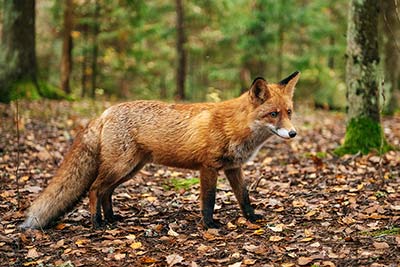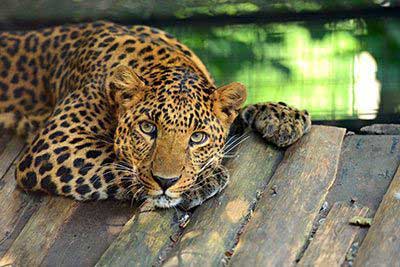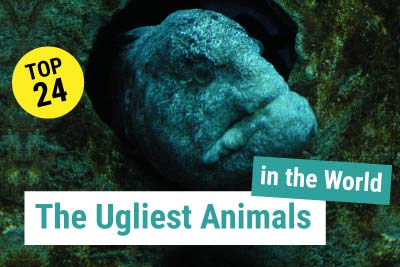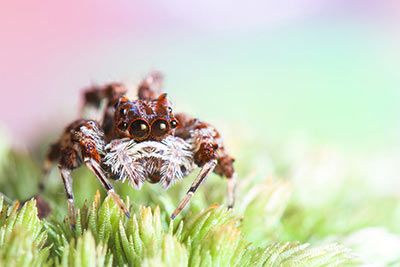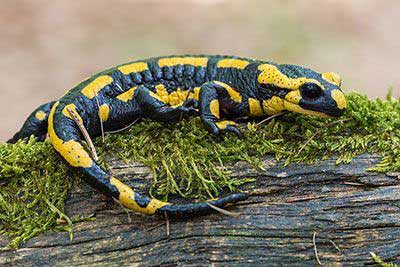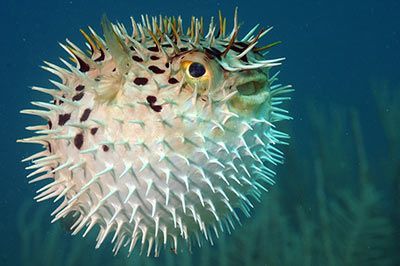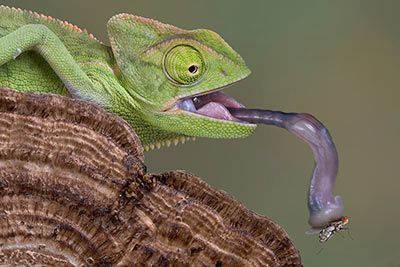Venomous Mammals
Solenodon
Solenodons are mammals and belong to the insectivore family. Most species of solenodon are already extinct. There are only a few specimens of the two remaining species. They are the Cuban solenodon and the Hispaniolan solenodon.
These animals look like large shrews. They have a thick, scaly tail and powerful claws. They're only found in Cuba and Haiti, where they live mainly as solitary animals. Their habitat is forests. Solenodons grow up to 15 inches (39 cm) tall, weigh up to 2.2 pounds (1 kg), are reddish brown to black and feed on insects, worms and lizards.
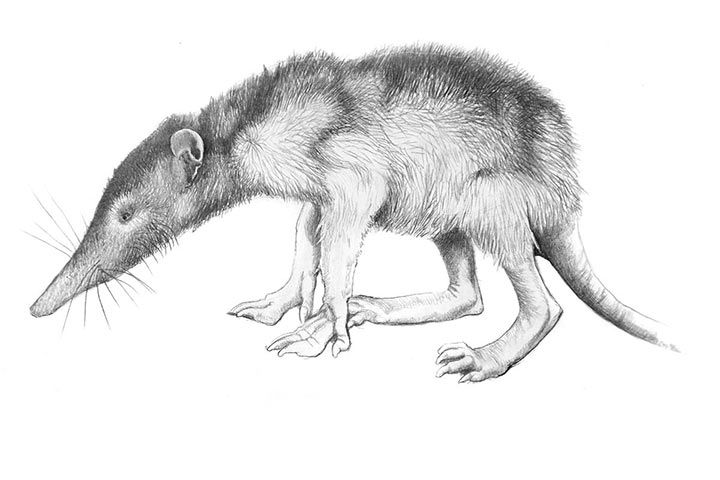
Salivary Gland
Their venom is produced in the salivary gland and enters the prey through the tooth grooves of the lower incisors.
Are Solenodons Dangerous to Humans?
Solenodons can only be a danger to you if you are in their habitat, so Cuba or Haiti. Even then, you’ve got to find one. This isn’t that easy, as the solenodon is an endangered species. Invasive species such as dogs, cats and mongooses are particularly dangerous for them.
Wait, this isn’t about what dangers the solenodon faces - it’s about how dangerous they are! You would have to get very close to a solenodon and then somehow get it to bite you.
However: solenodons don’t usually have enough venom to kill a human. But things would be different if you were a small vertebrate, like a mouse. The toxin is very effective on these, killing them in two to six minutes. To sum it up: for us humans, climbing a ladder is more dangerous than a bite from a solenodon.
- Table of Contents:
- 0. Introduction
- 1. Slow Lori
- 2. Platypus
- 3. Short Tailed Shrew
- 4. Eurasian Water Shrew
- 5. Solenodon
- Find out more:
- Are there Venomous Animals in Germany?

